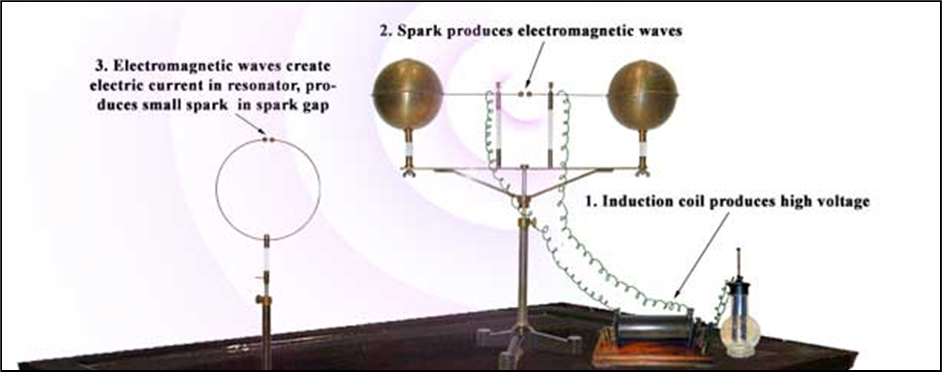


xxxxxAs we have
seen, it was in 1864 (Vb)
that the Scottish physicist and mathematician James Clerk Maxwell
put forward his theory of electromagnetic waves, based purely on a
set of mathematical equations. It was to be more than twenty years
before the German physicist Heinrich Hertz became the first person
to prove, by experiment, the validity of Maxwell’s findings.
Appointed lecturer of physics at the Polytechnic School at
Karlsruhe in 1885, he designed his own apparatus and, after a
series of experiments, proved conclusively in 1887 that electromagnetic waves existed, and that it was
possible to make electrical and magnetic fields detach themselves
from wires and travel through air, as Maxwell had predicted. Later
he went on to prove that the velocity of radio waves and their
other properties were the same as those for light waves. Hertz
published his findings in a number of research papers, and in his
major work Investigations into the Propagation
of Electrical Energy, and these brought him international
fame, but he failed to realise the enormous potential of his
discoveries. His findings had sparked off -
HEINRICH RUDOLF HERTZ 1857
-
Acknowledgements
Hertz: by the
Austrian photographer Robert Krewaldt, published in Gross
Naturforscher (Great Scholars of Nature)
by the German physicist Philipp Lenard (1862-
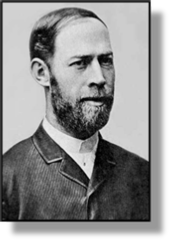 xxxxxIt was the German physicist Heinrich Rudolf Hertz who
was the first to produce and transmit electromagnetic waves. He
himself saw little or no value in his discovery of these
“mysterious electrical waves” but, developed further by the likes
of the Italian electrical engineer Guglielmo Marconi and the
Croatian-
xxxxxIt was the German physicist Heinrich Rudolf Hertz who
was the first to produce and transmit electromagnetic waves. He
himself saw little or no value in his discovery of these
“mysterious electrical waves” but, developed further by the likes
of the Italian electrical engineer Guglielmo Marconi and the
Croatian-
xxxxxHertz was born in Hamburg of a prosperous and talented family. He attended a private school for ten years before continuing his studies at the city’s Johanneum Gymnasium. During these early years he excelled in a wide variety of subjects, including languages, the natural sciences and practical skills. In 1875 he began a course in civic engineering at Frankfurt University, but, after his studies were interrupted by a year’s compulsory military service, spent in Berlin, he decided that his future lay in scientific research. Fortunately for him, his father accepted this change in direction and gave him his support.
xxxxxAs a start
to his new career, Hertz spent a year at the University of Munich
as a research student, and then in 1878 continued his studies at
Berlin. It was there that he became a pupil of the eminent German
physicist and physician Herman von Helmholtz, a man who played an
important role in furthering his career. He obtained his doctorate
in 1880 at the age of 22, and then spent the next three years as
Helmholtz’s assistant. During these years he wrote fifteen papers
on a variety of subjects, the majority related to electricity. In
1883 he began his teaching career. In that year he was appointed
lecturer in theoretical physics at the University of Kiel -
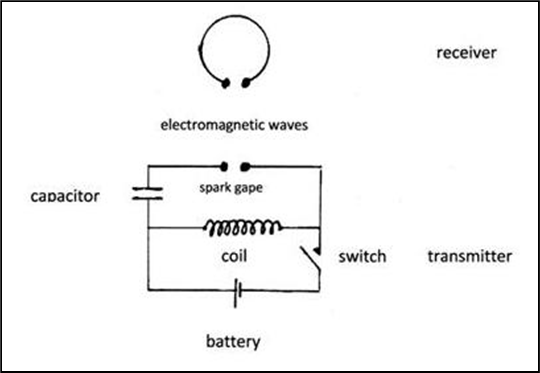 xxxxxIt was at Karlsruhe, over a period of five years
(1885 to 1889), that Hertz set out to prove and expand the
electromagnetic theory that had been put forward by James Clerk
Maxwell over twenty years earlier. As we have seen, the Scottish
physicist and mathematician had come up with his theory based on a
series of mathematical equations (the “Maxwell equations”) in 1864 (Vb), but the
existence of electromagnetic waves had never been proven. Hertz,
working in a corner of his physics classroom, began his
experiments in 1886. His apparatus was made up of two parts: a
high voltage induction coil, a condenser and a spark plug to
produce and transmit the waves, and a small loop of wire with a
spark gap to receive and detect them (see diagram above and
illustration below). During a series of experiments in 1887
he used spark discharges to prove conclusively that electricity
could be transmitted, thereby becoming the first person to
demonstrate the existence of electromagnetic waves, the first to
broadcast and receive radio waves, and the first to demonstrate
that electrical and magnetic fields could be made to detach
themselves from wires (becoming wireless) and travel through air,
as Maxwell had predicted.
xxxxxIt was at Karlsruhe, over a period of five years
(1885 to 1889), that Hertz set out to prove and expand the
electromagnetic theory that had been put forward by James Clerk
Maxwell over twenty years earlier. As we have seen, the Scottish
physicist and mathematician had come up with his theory based on a
series of mathematical equations (the “Maxwell equations”) in 1864 (Vb), but the
existence of electromagnetic waves had never been proven. Hertz,
working in a corner of his physics classroom, began his
experiments in 1886. His apparatus was made up of two parts: a
high voltage induction coil, a condenser and a spark plug to
produce and transmit the waves, and a small loop of wire with a
spark gap to receive and detect them (see diagram above and
illustration below). During a series of experiments in 1887
he used spark discharges to prove conclusively that electricity
could be transmitted, thereby becoming the first person to
demonstrate the existence of electromagnetic waves, the first to
broadcast and receive radio waves, and the first to demonstrate
that electrical and magnetic fields could be made to detach
themselves from wires (becoming wireless) and travel through air,
as Maxwell had predicted.
Vc-
Including:
Ernst Mach

xxxxxIn more
advanced experiments Hertz proved that the velocity of radio waves
and their susceptibility to reflection, refraction and
interference were the same as those of light waves, but that they
had a much longer wavelength. These and his earlier findings were
published in nine research papers, the Annals
of Physics and Chemistry, and his major book on the
subject, Investigations int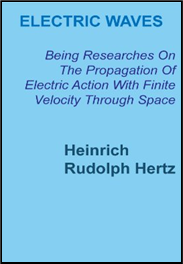 o
the Propagation of Electrical Energy, produced in 1892.
These publications brought him fame throughout the scientific
world, but he himself failed to realise the enormous practical
potential of his discoveries. He sparked off -
o
the Propagation of Electrical Energy, produced in 1892.
These publications brought him fame throughout the scientific
world, but he himself failed to realise the enormous practical
potential of his discoveries. He sparked off -
xxxxxIn 1889, following the death of the German physicist Rudolf Clausius, Hertz succeeded him as professor of physics at the University of Bonn. There he published two further papers on Maxwell’s theories, together with research into the discharge of electricity in rarefied gasses, but he devoted most of his time to a theoretical study of Mechanics, a branch of science in which he had shown interest earlier in his career. His major work on this subject, The Principle of Mechanics in a New Form, was published by his assistant Philip Lenard in 1895, a year after his untimely death.
xxxxxHertz had begun to suffer from a serious bone infection of the face during his time at Karlsruhe, and the complaint became progressively worse after his move to Bonn. No cure could be found, and he died of blood poisoning on the first day of 1894. His death at the age of 36 cut short a brilliant career. He was buried in the Jewish cemetery at Ohlsdorf, Hamburg.

xxxxxIncidentally, in 1930 the electrical unit of frequency -
xxxxx…… When the Nazi party came to power in Germany in the 1930s, a portrait of Hertz was removed from Hamburg City Hall because of his partly Jewish ancestry, and an unsuccessful attempt was also made to dispense with the electrical term of hertz. The portrait was replaced in 1949. ……
xxxxx…… Hertz was a modest, likeable man. He married Elizabeth Doll, the daughter of one of his colleagues, in 1886, and they had two daughters, Joanna and Mathilde. ……
xxxxx…… His nephew, Gustav Ludwig Hertz (1887-
xxxxx…… ThexIrish physicist George Francis Fitzgerald
(1851-
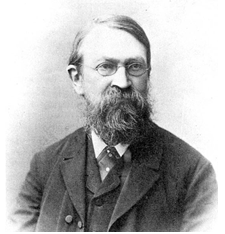 xxxxxIt was in 1887 that the
eminent Austrian physicist and philosopher Ernst
Mach (1838-
xxxxxIt was in 1887 that the
eminent Austrian physicist and philosopher Ernst
Mach (1838-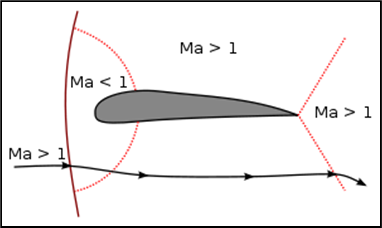 that
it was no longer possible to believe in absolute space and
absolute time -
that
it was no longer possible to believe in absolute space and
absolute time -
xxxxxMach was educated at Vienna University, and from 1864 was professor successively at the Universities of Graz, Prague and Vienna. On his retirement from academic life in 1901, he was appointed to the upper chamber of the Australian parliament. As a philosopher, he assisted in the development of phenomenalism ( a more radical form of empiricism,) expanding on the theory that knowledge came only through sensory experience, and that sensory phenomenon was the only “pure data”.
